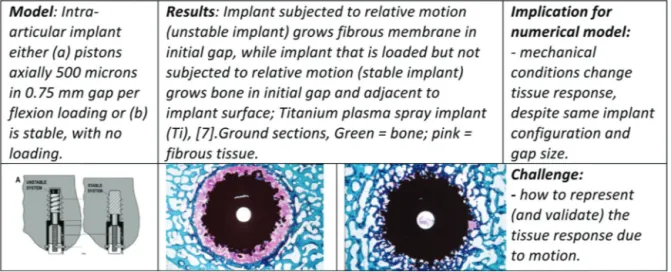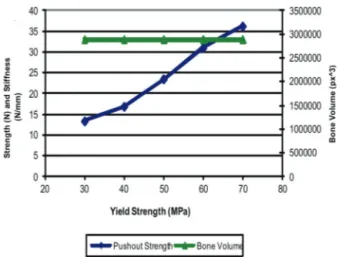Experimental and Numerical Models of Complex Clinical Scenarios; Strategies to Improve Relevance and Reproducibility of Joint Replacement Research
Texte intégral
Figure


![Fig. 6 Selected bone–implant images of retrieved specimens from microCT slices [28], with reconstructed com- com-puter model (right)](https://thumb-eu.123doks.com/thumbv2/123doknet/3128603.89010/5.918.104.823.70.758/selected-implant-images-retrieved-specimens-microct-slices-reconstructed.webp)

Documents relatifs
Two computational fluid dynamics codes are used to evaluate the performance of the cupped trailing edge hydrofoil for which experimental evaluation has been
Using a standard geodesic argument, an easy consequence of the gradient comparison theorem is a comparison between the diameter d of the manifold M and the diameter δ of the
The variation of the reflection coefficient as a function of the soft tissue thick- ness for surface profiles with an amplitude of h ¼ 20 lm, a value of L in the x direction equal to
Figures 6 and 7 show that the contribution of the contact stiffness K c is predominant compared to the one soft tissues when the implant roughness is high, i.e. for high values of h
interfacial load transfer between implants and bone tissue. Stress-shielding effects arise from shear stresses due to the difference of material properties between bone and
The quality of the bone-implant interface (BII), resulting from the properties of newly formed bone, determines the implant stability. This study investigates the BII
In order to understand the experimental results obtained with the cleavage device described above, an analytical model was considered taking into account the coupling of the
The results are shown under vertical loading (a), torsional loading (b) and horizontal loading along the x-axis (c). Figures 6 a) and 6 b) show that even if the applied
